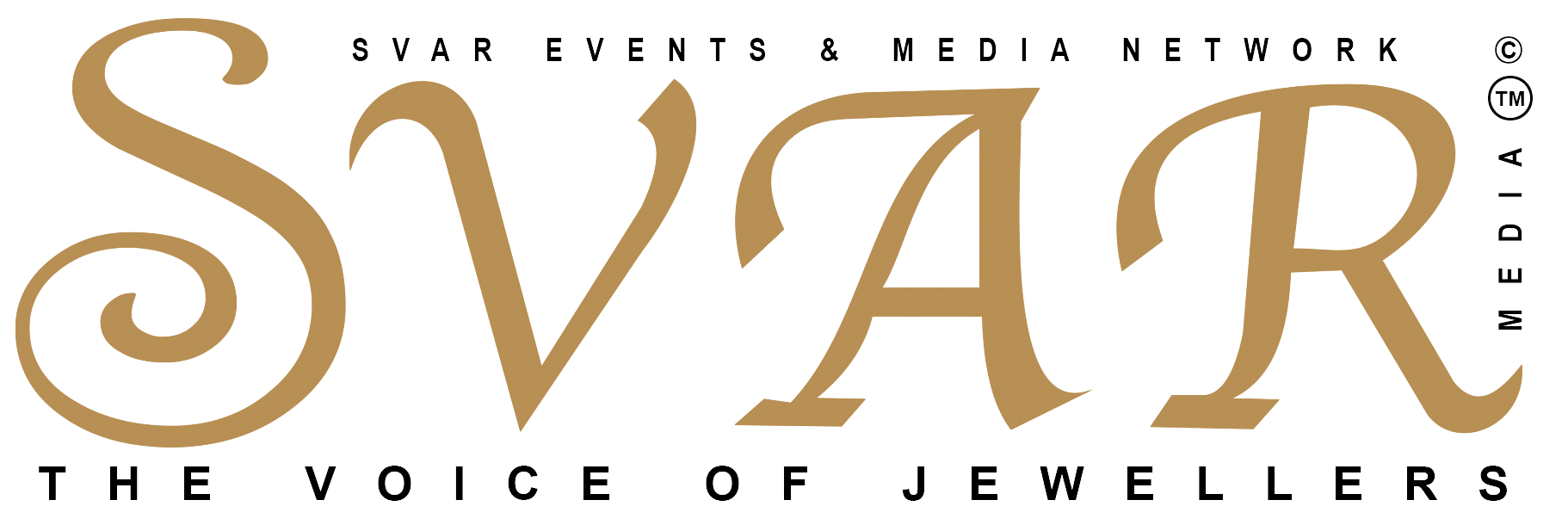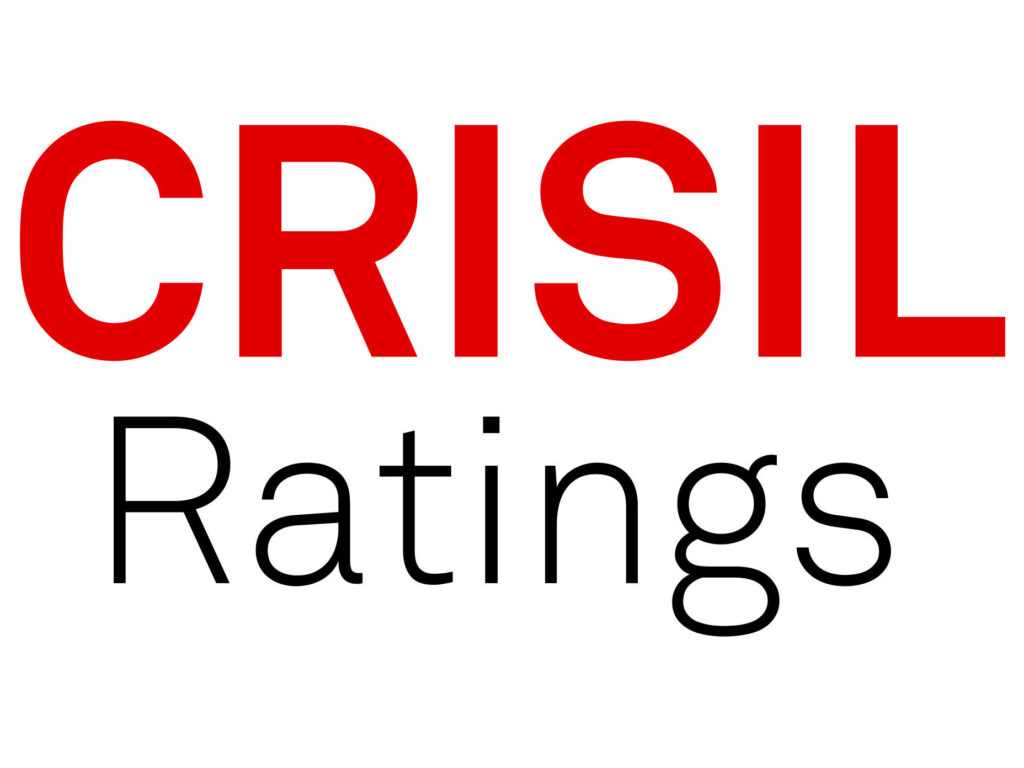ANTICIPATED GROWTH OF 16-18% IN REVENUE FOR ORGANIZED GOLD RETAILERS IN FY24, ACCORDING TO CRISIL
15th June 2023
A recent study conducted by Crisil Ratings, analyzing the performance of 46 gold jewellery retailers, reveals promising prospects for the upcoming fiscal year. These retailers represent approximately 25% of the revenue generated by the organized jewellery sector, which constitutes slightly over one-third of the overall market. The remaining portion consists of the highly fragmented unorganized sector.
Crisil Ratings projects that organized gold jewellery retailers will experience a notable boost in revenue, ranging from 16% to 18%, during the current fiscal year. However, the growth in volume is expected to be modest due to the volatility and consistently high prices of gold. The previous two fiscal years demonstrated an impressive compound annual growth rate (CAGR) of 35%, primarily fueled by robust volume expansion driven by pent-up demand and increased consumer expenditure.
Over the fiscal years 2022 and 2023, average realizations observed a CAGR of 5%, while operating margin is predicted to slightly decline by up to 30 basis points, reaching 7.8-8%. This dip can be attributed to escalating promotional and store-related expenses. Nevertheless, the margin will remain higher than the pre-pandemic level of 6.8-7%. As jewellers continue to expand their stores, albeit at a slower pace compared to the past two fiscal years, the requirement for working capital debt is expected to rise. Nonetheless, the credit profiles of these industry players are expected to remain stable.
The aforementioned study conducted by CRISIL Ratings, encompassing 46 gold jewellery retailers representing 25% of the organized jewellery sector revenue, supports these projections. Notably, the organized sector constitutes slightly more than one-third of the market, with the unorganized sector comprising the remaining portion. During the previous fiscal year, the domestic price of gold witnessed a 10% increase, averaging Rs 52,700 per 10 grams (24-carat), and reaching Rs 60,000 per 10 grams by the end of March 2023. In May 2023, the price surged to an all-time high of approximately Rs 61,500 per 10 grams, as gold maintained its allure as a safe investment amidst an uncertain global economic outlook. The high demand during the marriage season in India and a gradual recovery in gold buying in China further contributed to the elevated prices.
Anuj Sethi, Senior Director of CRISIL Ratings, asserts, “Considering the elevated gold prices, we anticipate low single-digit volume growth for organized players during fiscal year 2024. Nevertheless, organized players are expected to continue gaining market share compared to their unorganized counterparts.” Factors such as the increasing penetration of goods and services tax, mandatory hallmarking, rising disposable income, and diversification in consumer preferences towards jewellery designs are driving the market share towards organized players.
This trend is substantiated by the substantial double-digit volume increase witnessed by gold jewellery retailers rated by CRISIL Ratings during the previous fiscal year. After two consecutive years of subdued growth, store expansion grew by 25-30% during the last fiscal year and is projected to experience mid-double-digit growth in the current fiscal year. This expansion will result in a higher requirement for inventory, leading to increased working capital debt. Gross bank credit to the sector declined by 3% over the 12-month period leading up to March 2023 as players streamlined their inventory across stores and generated healthy cash flows.
Aditya Jhaver, Director of CRISIL Ratings, explains, “The marginal decline in operating profitability, coupled with higher working capital borrowings and finance costs, is expected to slightly moderate the debt metrics for gold jewellery retailers in the current fiscal year. However, despite this, the credit profile of these retailers will remain stable, with the total outside liabilities to tangible net worth ratio and interest coverage projected to be at 1.0-1.1 times and 8.2-8.4 times, respectively. This is compared to approximately 1.2 times and 9.6 times, respectively, during the previous fiscal year.
Nevertheless, it is important to closely monitor the sharp volatility in gold prices, potential changes in government regulations and import duties, as well as fluctuations in consumer sentiment, as these factors can significantly impact the industry’s performance and outlook. As the gold jewellery market continues to evolve, the success of organized players is expected to persist, driven by various factors that contribute to their market share growth and financial stability.



